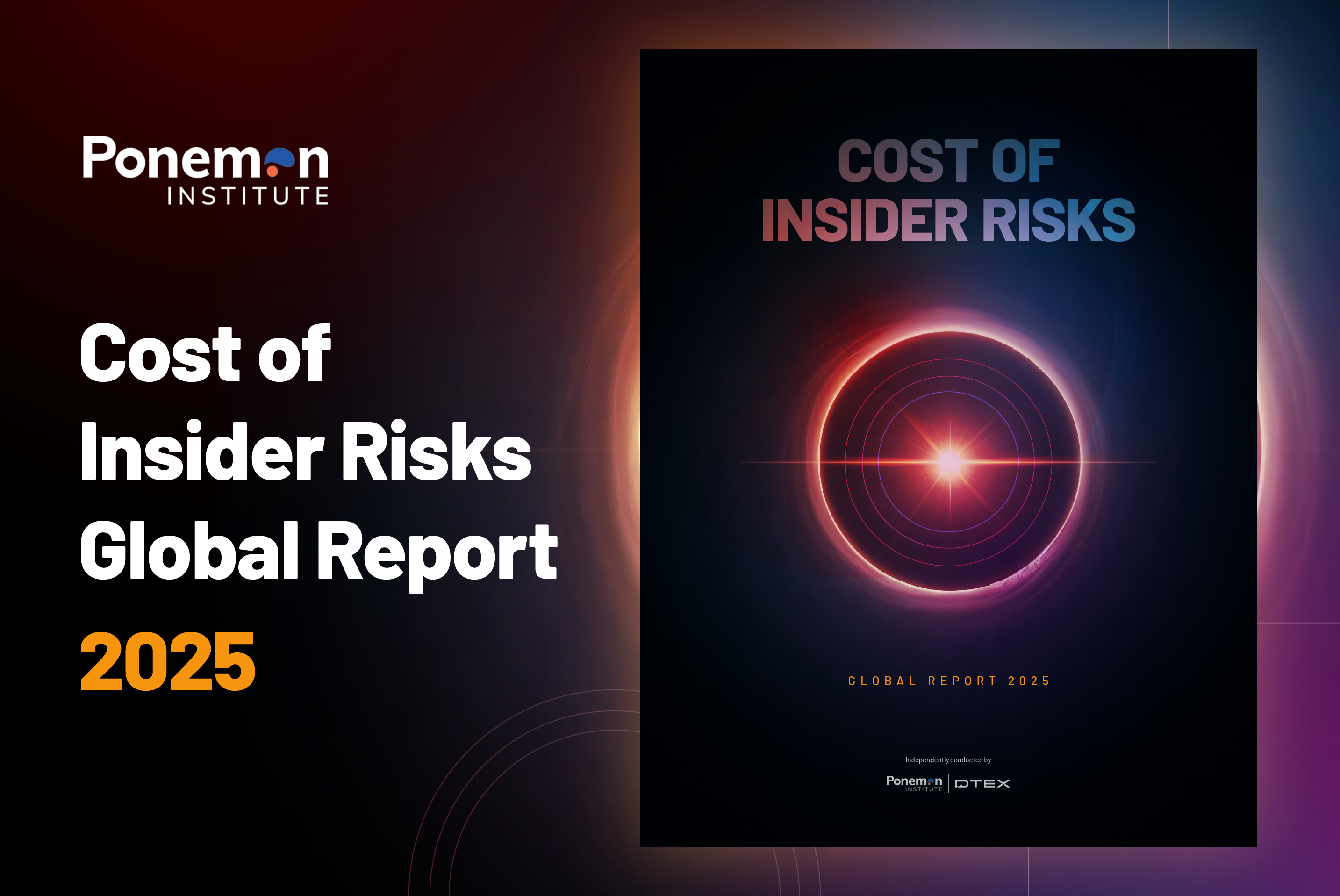Decision-making has never unfolded in a world of clear signals. Human judgment has always been vulnerable to bias, overconfidence, and manipulation. What changes with AI is not the existence of error, but its velocity, scale, and systemic reach. AI systems now generate content with precision, speed, and persuasive confidence, often without truth. What was once a localized human weakness has become an enterprise-wide strategic vulnerability: synthetic outputs are often indistinguishable from verified insights, and every decision made on blurred data carries operational risk. As organizations accelerate their adoption of AI, they must confront a new reality, where trust is fragile, influence is ambient, and resilience depends on the ability to detect, verify, and adapt in real time.
The age of synthetic certainty
AI systems are designed to deliver outputs with confidence, even when they’re wrong. In enterprise environments, this creates a dangerous paradox: decisions must be made quickly, yet the data driving those decisions may be synthetic, unverifiable, or manipulated by an adversary. The challenge is no longer about identifying falsehoods, rather it’s about adapting to a reality where truth, error, and manipulation could be operationally indistinct. Security leaders must recognize that synthetic certainty is not just a technical flaw; it’s a systemic risk.
The security challenge of synthetic reality
Synthetic reality (environments where machine-generated content is indistinguishable from authentic information) is now a persistent feature of enterprise operations. AI-generated summaries, recommendations, or alerts can all appear authoritative while being entirely fabricated. Semantic companions can produce outlines and sequences, but they cannot question their own logic or verify their own claims.
In environments where speed and scale dominate, the risk is clear: when synthetic content is mistaken for verified insight, every downstream action becomes a potential exposure.
Non-human risk: the new insider threat vector
The insider risk has evolved. Employees are no longer passive recipients of technology. They actively curate, interpret, and act on machine-generated outputs. This shift introduces a new risk vector: epistemic vulnerability, or the risk that employees may misjudge what’s true when relying on machine-generated content. In high-trust sectors like healthcare, energy, and finance, a single misjudgment based on AI-generated fiction can trigger cascading failures. Organizations must now design security models that account for human-machine collaboration, where belief in synthetic content becomes a form of operational sabotage.
Governance beyond guardrails
As with security, AI governance cannot remain a compliance checkbox. It must evolve into a tactical discipline that reflects how machine-generated content is used across the enterprise. Traditional governance frameworks focus on static rules and post-hoc audits. But in environments where AI is embedded in decision-making, governance must be real-time, adaptive, and behavior aware.
Three pillars define this shift.
- Verification loops must be embedded into workflows to double-check AI outputs before action is taken. These loops should be automated where possible but should also always allow for human override.
- Behavioral visibility is essential. Organizations must understand how, when, and why employees rely on AI. They must know what they trust, what they ignore, and how their judgment shifts over time. This visibility helps identify patterns of over trust, misuse, or drift.
- Adaptive access policies must replace static role-based permissions. When an employee begins to rely heavily on AI-generated content in high-risk domains, access should tighten automatically. Conversely, when human oversight is strong and verified, permission can expand.
As enterprises integrate generative AI into decision-making workflows, the risk of fabricated summaries or hallucinations, has become a governance priority. While public documentation of successful hallucination detection remains limited, development of safeguards to intercept misleading outputs before they influence critical decisions is more than a worthwhile endeavor. It is a strategic imperative.
This growing emphasis on verification loops, retrieval-based grounding, and post-hoc review reflects a broader shift: governance must evolve from static oversight to dynamic intervention, capable of adapting to the epistemic risks introduced by synthetic content. In recent deployments, hallucination detection systems have flagged fabricated summaries before they reached decision-makers, preventing costly errors and reinforcing the need for proactive governance.
Ultimately, governance must evolve with the tools it oversees. It must recalibrate continuously to prevent semantic drift, operational exposure, and the normalization of synthetic certainty.
Building resilience in a world of doubt
Resilience in the modern enterprise is not a firewall. It can be thought of as a memory system. In environments shaped by synthetic content, trust is not a static asset but a dynamic signal that must be continuously reinforced. AI hallucinations, as noted, are those outputs that are fluent but false and can mislead even experienced analysts. Insider misjudgment, especially when employees act on machine-generated content without verification, introduces systemic risk. And adversarial manipulation, from prompt injection to model poisoning, exploits the blurred boundary between signal and fiction.
But resilience is not built by rejecting AI. We must embrace this conundrum and build resilience by learning from AI.
Risk-adaptive systems must do more than detect anomalies; they must archive every interaction, contextualize every decision, and surface patterns that reveal how synthetic content influences behavior over time. This means treating every prompt, output, and action as part of a living operational record, one that enables forensic analysis, retrospective validation, and iterative recalibration.
Resilience also requires feedback loops that extend beyond immediate intervention. When a hallucinated summary is flagged, the system must not only block it, but it must also conduct a trace and audit back to its origin, understand why it was trusted, and adjust future thresholds accordingly. This kind of memory-driven resilience transforms governance from a reactive posture into a learning discipline.
The importance of the AI model to remember, recalibrate and evolve cannot be understated. Organizations that build systems capable of learning from synthetic missteps will be better positioned to navigate the uncertainty AI introduces not just today, but across every future iteration.
Operationalizing truth as a security discipline
Treat truth as a dynamic asset, an asset that requires constant validation. Enterprises that operationalize truth as a security discipline will be better equipped to navigate uncertainty, deception, and drift. This means treating every machine output as a hypothesis: a claim to be verified, not a conclusion to be trusted.
To reiterate, security systems must verify, adapt, and archive in real time. In high-impact domains like compliance, finance, and infrastructure, verification loops should be embedded directly into workflows. Behavioral signals, such as overreliance on AI or bypassing review steps, absolutely must trigger adaptive access controls that tighten or expand based on risk posture. Archival systems must preserve the provenance of every decision, enabling traceability, accountability, and post-incident analysis.
The lift is not insignificant, as operationalizing truth means building infrastructure that resists drift, remembers context, and reinforces trust, not simply in the data, but in the decisions it informs.
The future belongs to enterprises that understand that resilience is not resistance, it is remembrance. The ability to verify, adapt, and remember is what separates those who endure from those who are misled.
In the AI era, insider risk is no longer just human. The future belongs to enterprises that operationalize truth as a security discipline. Talk to DTEX about how organizations are building behavior-aware, risk-adaptive programs that anticipate both human and non-human insider threats.
Subscribe today to stay informed and get regular updates from DTEX Systems






